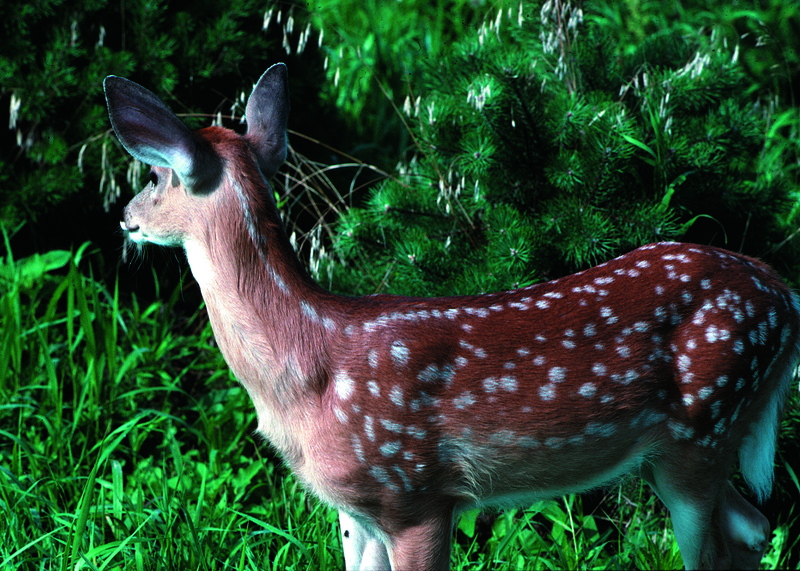The Michigan departments of Natural Resources (DNR) and Agriculture and Rural Development (MDARD) last week confirmed that a free-ranging deer in Meridian Township (Ingham County) has tested positive for chronic wasting disease (CWD), a fatal neurological disease that affects white-tailed deer, mule deer, elk and moose. This is the first time the disease has been found in Michigan’s free-ranging deer population. In 2008 a white-tailed deer from a privately owned cervid (POC) facility in Kent County tested positive for CWD.

The animal was observed last month wandering around a Meridian Township residence and showing signs of illness. The homeowner contacted the Meridian Township Police Department, who then sent an officer to euthanize the animal. The deer was collected by a DNR wildlife biologist and delivered for initial testing to the DNR Wildlife Disease Laboratory at the Michigan State University Diagnostic Center for Population and Animal Health in Lansing, Michigan. After initial tests were positive, samples were forwarded to the U.S. Department of Agriculture’s National Veterinary Services Laboratory in Ames, Iowa, for final confirmation. The Michigan DNR received that positive confirmation last week.
To date, there is no evidence that chronic wasting disease presents any risk to non-cervids, including humans, either through contact with an infected animal or from handling contaminated venison. However, as a precaution, the U.S. Centers for Disease Control and the World Health Organization recommend that infected animals not be consumed as food by either humans or domestic animals.
“This is the first case of chronic wasting disease to be confirmed in a free-ranging Michigan white-tailed deer,” said DNR Director Keith Creagh.
“While it is a disappointing day for Michigan, the good news is that we are armed with a thoughtfully crafted response plan,” Creagh said. “We are working with other wildlife experts at the local, regional, state and federal level, using every available resource, to determine the extent of this disease, respond appropriately to limit further transmission, and ultimately eradicate the disease in Michigan if possible.”
Chronic wasting disease first was identified in 1967 as a clinical disease in captive mule deer at the Colorado Division of Wildlife Foothills Wildlife Research Facility in Fort Collins, Colorado. Since then, most CWD cases have occurred in western states, but in the past 15 years it has spread to some midwestern and eastern states.
The disease is caused by the transmission of infectious, self-multiplying proteins (prions) contained in saliva and other body fluids of infected animals. Susceptible animals can acquire CWD by direct exposure to these fluids or from environments contaminated with these fluids or the carcass of a diseased animal. Once contaminated, research shows that soil can remain a source of infection for long periods of time, making CWD a particularly difficult disease to eradicate.
Some chronically CWD-infected animals will display abnormal behaviors, progressive weight loss and physical debilitation. There is no cure; once a deer is infected with CWD, it will die.


One thought on “Chronic wasting disease confirmed for the first time in Michigan’s free-ranging deer population”